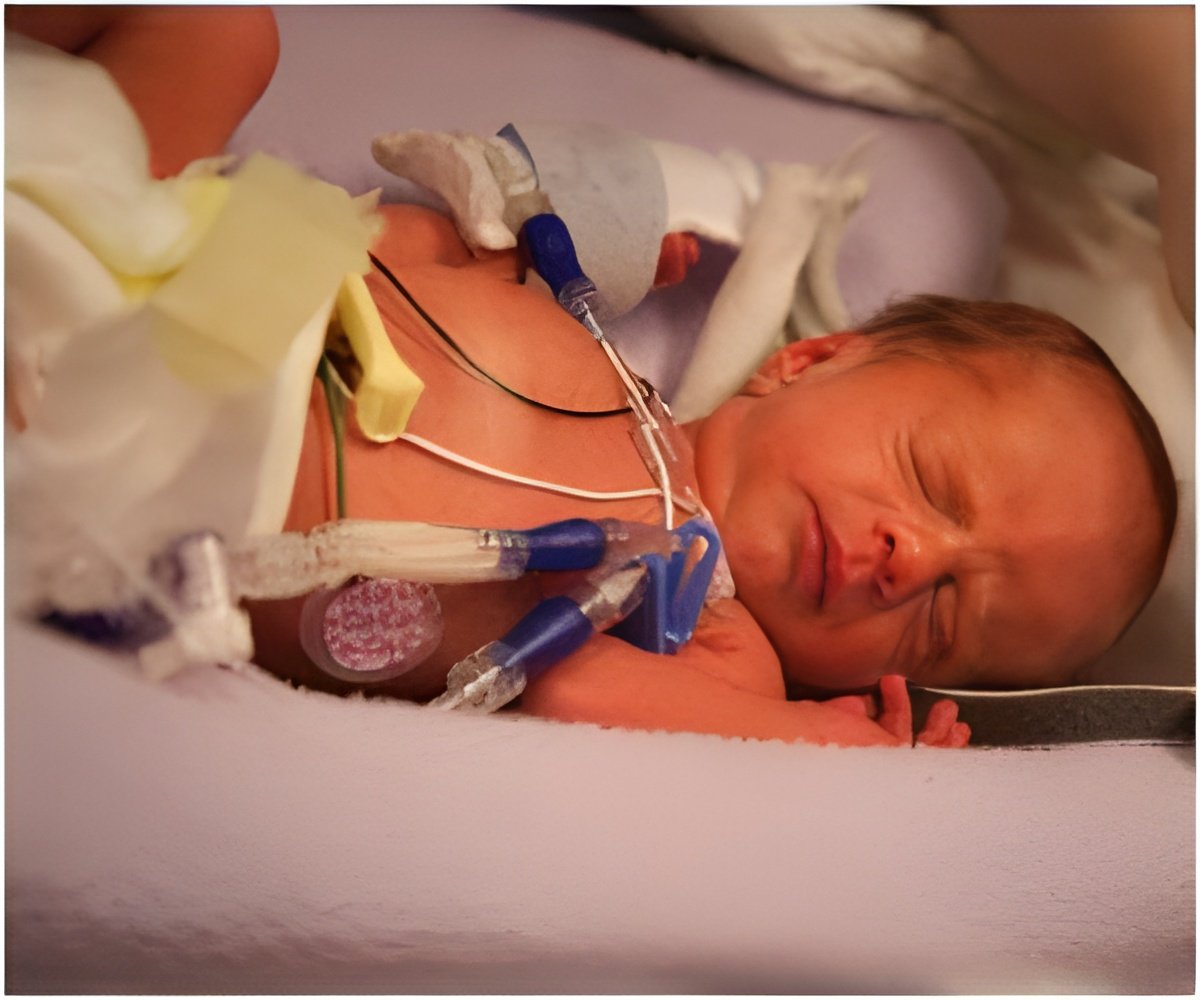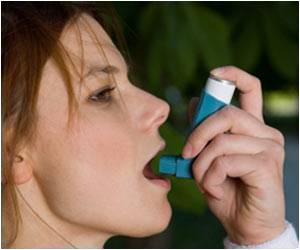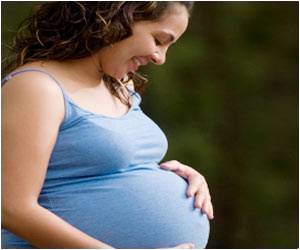
‘For very premature infants with birth weights of less than 500 grams, corticosteroid treatment was linked with 1.6 times increased risk for retinopathy of prematurity (ROP).’
Tweet it Now
Data on 1,472 neonates discharged from 167 Neonatal Intensive Care Units between 1996 and 2013 were collected from the Pediatrix BabySteps Clinical Data Warehouse, a large scale database of infant health records. Although this database contains information on more than 1.1 million infants, investigators restricted their analysis to extremely premature infants, with birthweights at the very lower limit of viability. These particular infants are at greatest risk for disorders associated with prematurity. Neonates in the study met three primary criteria: birth weight of less than 500 grams, discharged from hospital alive, and availability of ophthalmic ROP examination results. Diagnoses of ROP were standardized according to the International Classification of Retinopathy of Prematurity. According to lead investigator Tammy Z. Movsas, Medical Director, Midland County Department. of Public Health, Midland, MI and Clinical Associate Professor of Pediatrics and Human Development, Michigan State University, School of Human Medicine, "Our study group consists of premature infants with birthweights at the lowest level that is compatible with life. This group represents a more homogeneous set of neonates than in other studies that consist of premature infants with a broader range of birthweights. Neonates at these critically low birth weights (and gestational ages) are at the absolute highest vulnerability for a host of neonatal morbidities including ROP and bronchopulmonary dysplasia. Thus, clinical differences between steroid treated and untreated neonates are minimized."
Results indicated that after correcting for lung disease as well as other factors that can contribute to ROP risk such as gestational age, there is still a higher risk of ROP in steroid-treated infants than in those infants not treated with steroids. 1,059 (72%) of the infants received postnatal steroids while 413 (28%) did not. The overall incidence of ROP (of any stage) for the entire group was 76.6%, and the overall incidence of advanced stage ROP (stages 3, 4, or 5) was 31.3%. The incidence of any ROP was significantly higher in steroid-treated infants (80.5%) than in nontreated infants (66.8%). For advanced stage ROP, incidence was also significantly higher in the treated group (35.3%) compared to the untreated group (21.1%).
"This study of a large database of critically low birth weight survivors indicates that steroid-treated infants have a modest but significantly increased risk for ROP. That said, clinicians need to use their best judgment to balance the positive effects from steroids on developing lungs with potential negative effects on developing eyes in very premature infants," commented Dr. Movsas. This study has potential clinical significance since children with a history of ROP are not only at increased risk for visual impairments from the ROP itself, but are also at increased risk for developing other ocular disorders later in life."
Source-Eurekalert














